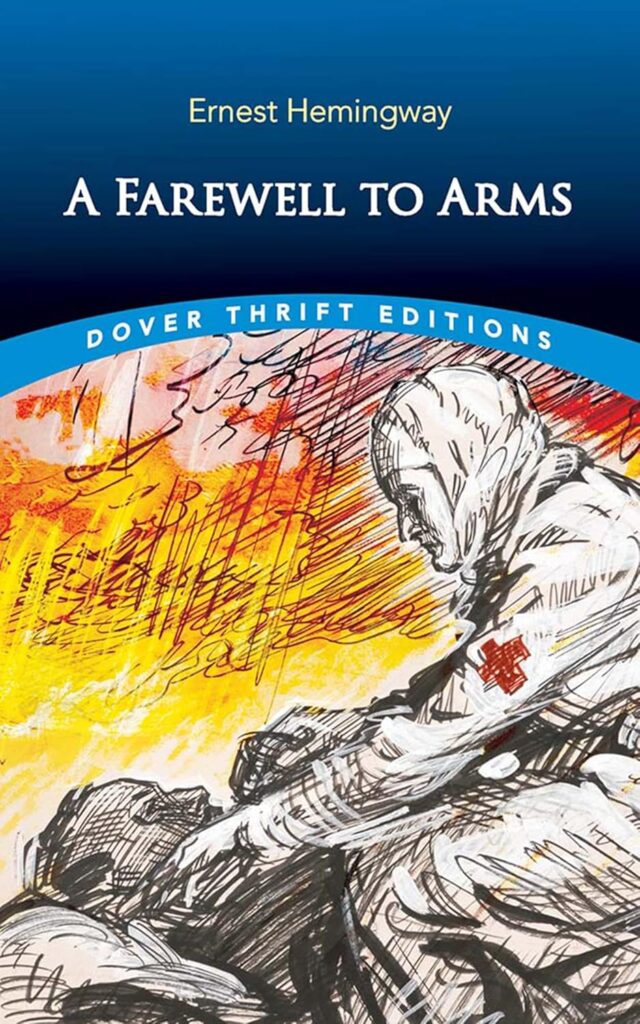A Farewell to Arms by Ernest Hemingway is a classic war novel that has been frequently challenged and banned for its strong language, sexual content, and themes of war and death. Since its publication in 1929, the book has faced censorship in schools and libraries, especially during times when its frank treatment of war and love was considered inappropriate or unpatriotic. Some readers have objected to its bleak view of war and its honest portrayal of a romantic relationship outside of marriage. Despite the controversies, the novel is widely regarded as one of Hemingway’s greatest works.
The story is set during World War I and follows Lieutenant Frederic Henry, an American serving as an ambulance driver in the Italian army. He falls in love with Catherine Barkley, a British nurse, and their romance becomes a refuge from the horrors of war. As the war intensifies, their relationship is tested by loss, fear, and tragedy. The novel explores deep themes such as the brutality of war, the fragility of life, and the search for meaning in a chaotic world.
Hemingway’s writing style in the novel is simple, direct, and powerful. He uses short sentences and clear language to create emotional depth and intensity. His approach to storytelling, often called the “iceberg theory,” leaves much unsaid, letting the reader feel the weight of what lies beneath the surface.
Ernest Hemingway was an American novelist and journalist, born in 1899. He is known for his adventurous life and for creating a new style of writing that influenced generations of authors. Hemingway served in World War I and his experiences shaped much of his work. He won the Nobel Prize in Literature in 1954 and remains one of the most important literary figures of the 20th century. A Farewell to Arms continues to be read for its emotional honesty, timeless themes, and bold look at love and war.




